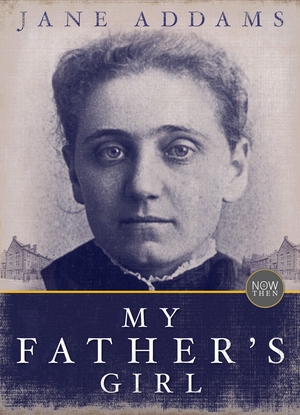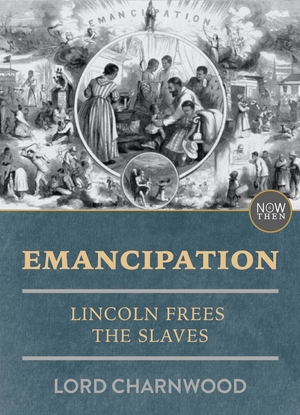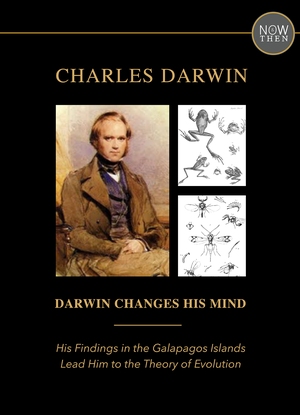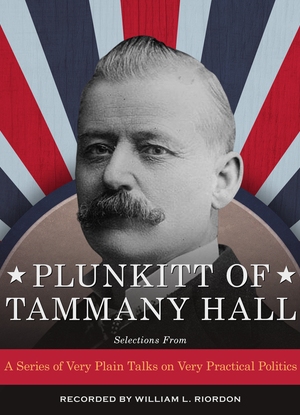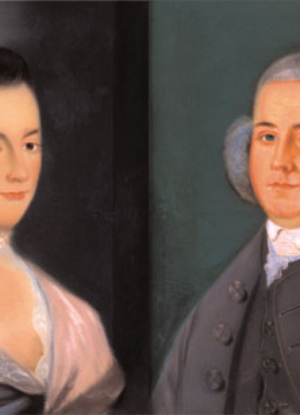- All Titles
- Philosophy
- European History
- United States History
- Political Science
- Art History
- Military History
- American History
- U.S. History
- U.S. Government
- Sports History
- Education
- Medical History
- Essays
- Historiography
- Sports
- Television History
- Biography
- Biography
- Religion
- Theater
- Terrorism
- Holocaust
- World History
- Economic History
- American History
- Civil War
- Music
- Architecture
- Fashion
- Vietnam War
- Immigration History
- True Crime
- Business
- History
- Journalism
- Natural History
- Judaica
John & Abigail Adams
John Adams was thirty-four years old in 1770 when he was elected as a Boston representative to the state legislature. As a young lawyer he had won a reputation for his principled defense of British soldiers who had been charged with murder when they fired on a mob in Boston earlier that year, killing five people in what became known as the Boston Massacre. His action in that case confirmed Adams’s belief in the rule of law and the right to a fair trial. Four years later he was one of four men chosen as Massachusetts delegates to the First Continental Congress. In Philadelphia he worked diligently on colonial affairs over the next four years, including the vote for independence and the approval of the Declaration in July 1776. Relatively brief visits home punctuated his service to his country. In 1778 he was sent by the Congress to join Benjamin Franklin as an envoy to France. He took with him to Paris his son John Quincy. Later, after a visit home, he returned to Europe with his sons John Quincy and Charles, having been named to negotiate a treaty of peace between the United States, Britain, and France. It was signed in 1783. During all these years Abigail cared for their children, their farm in Braintree, and their house in Boston while keeping a sharp eye on political, economic, and social events in surrounding Massachusetts. Their letters to each other are filled with astute insights, colorful descriptions, and thoughtful reflections. John’s are direct and lively, often displaying his hopes and frustrations; Abigail’s are strong and sprightly—her intelligence shines through. Both are loving to a degree and in a way that we may lament we no longer encounter. Upon conclusion of the peace treaty, Abigail and John could not abide continued separation. Though he vowed to return home at once, Abigail and their only daughter sailed to Europe to join him. They would never again be separated for such long periods, even after John Adams became the second president of the United States in 1797.
Read Dearest Friend by John & Abigail Adams

